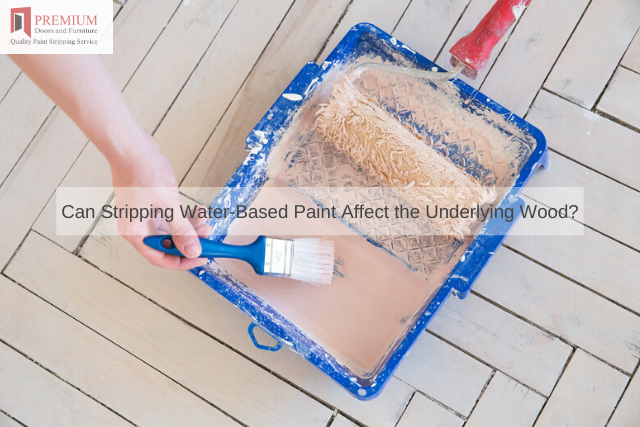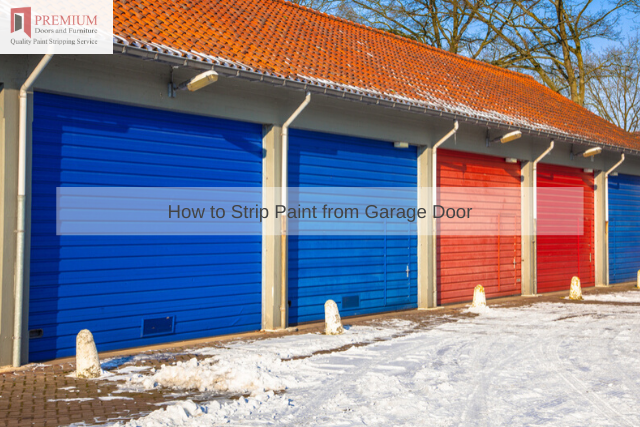Are you hoping to restore a section of crown moulding or a door to its former glory?
If so, this often involves stripping layers of paint that may have been present for decades. This can represent a somewhat involves process depending upon the type of paint, its age and the number of layers.
However, you will also need to be careful that the underlying wood is not damaged. This brings up an important question.
Could you possible harm the wood if you happen to be stripping water-based (latex) paint? Let’s examine some factors that need to be taken into account.
Issues with the Stripping Agent
While solutions such as varnish remover for wood are somewhat harsh due to the presence of chemicals such as turpentine, the majority of water-based formulations tend to be less damaging to the wood.
However, they may still contain solvents such as alcohol. This is why you should avoid allowing the stripping agent to remain in contact with the wood for prolonged periods of time.
You could otherwise encounter issues such as stains or desiccation (extreme dryness). This is particularly relevant if you happen to be dealing with a very porous wood.
Mechanical Mistakes to Avoid
Perhaps the most common form of damage results from accidentally chipping or gouging the wood during the removal process.
This is why it is best to work with blunt instruments such as a putty knife or even an abrasive pad (such as those manufactured by 3M). These will help to lessen the chances that a costly mistake is made.
Removing water-based paint from wood can be challenging and yet, the results are well worth the effort.
If you would like to obtain further professional advice, please feel free to contact a representative at Premium Door Stripping. We are always happy to help.




